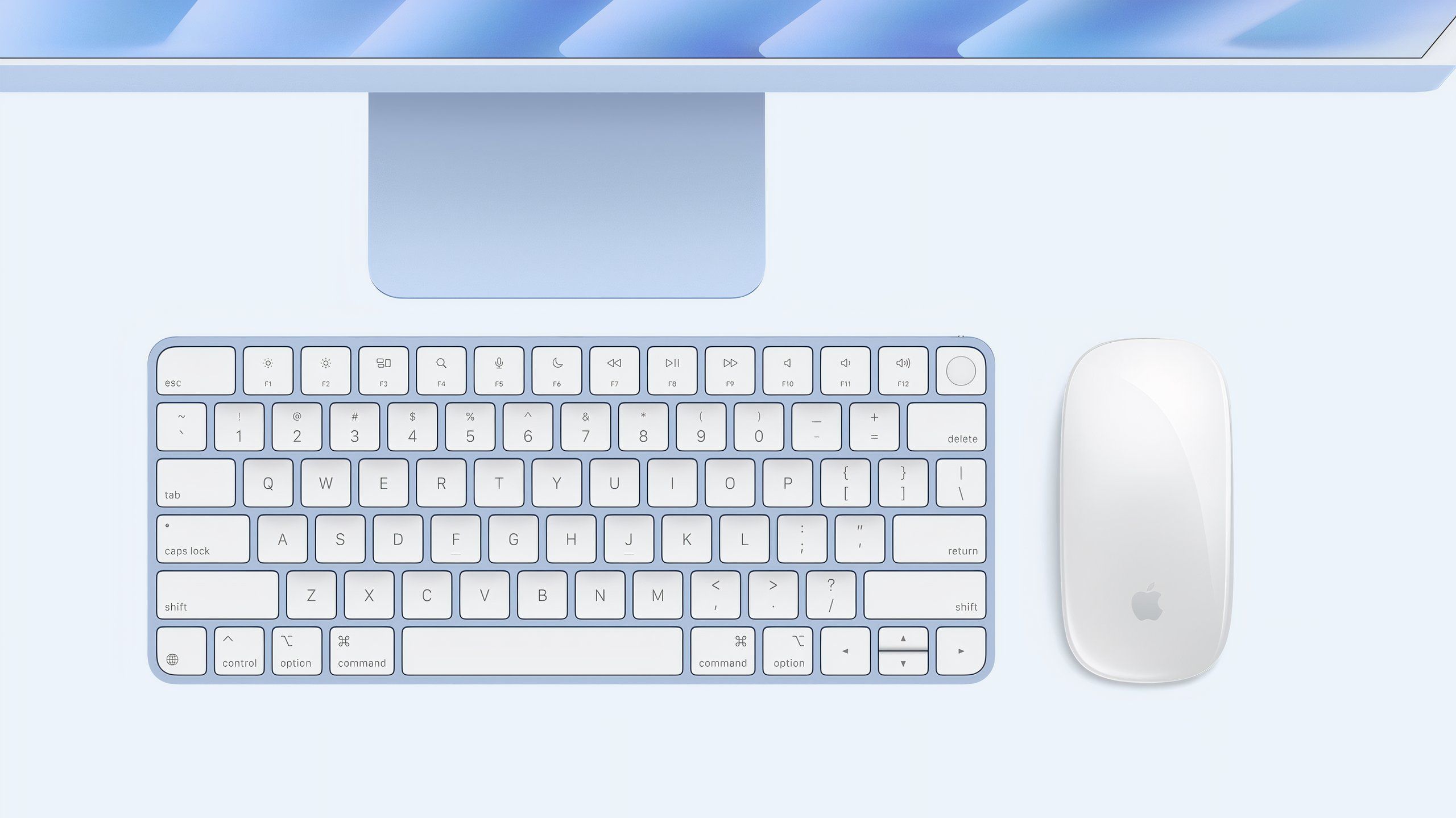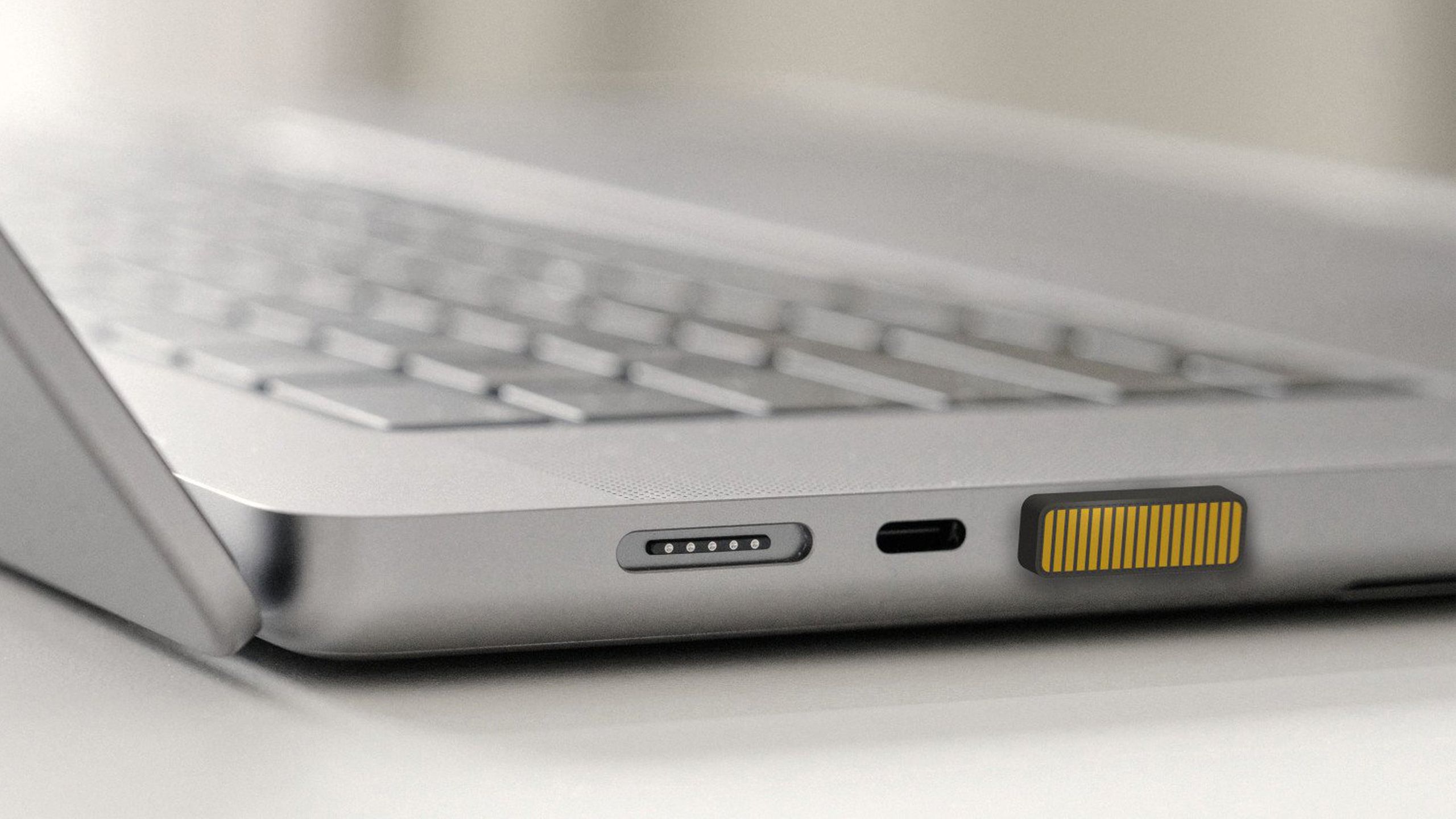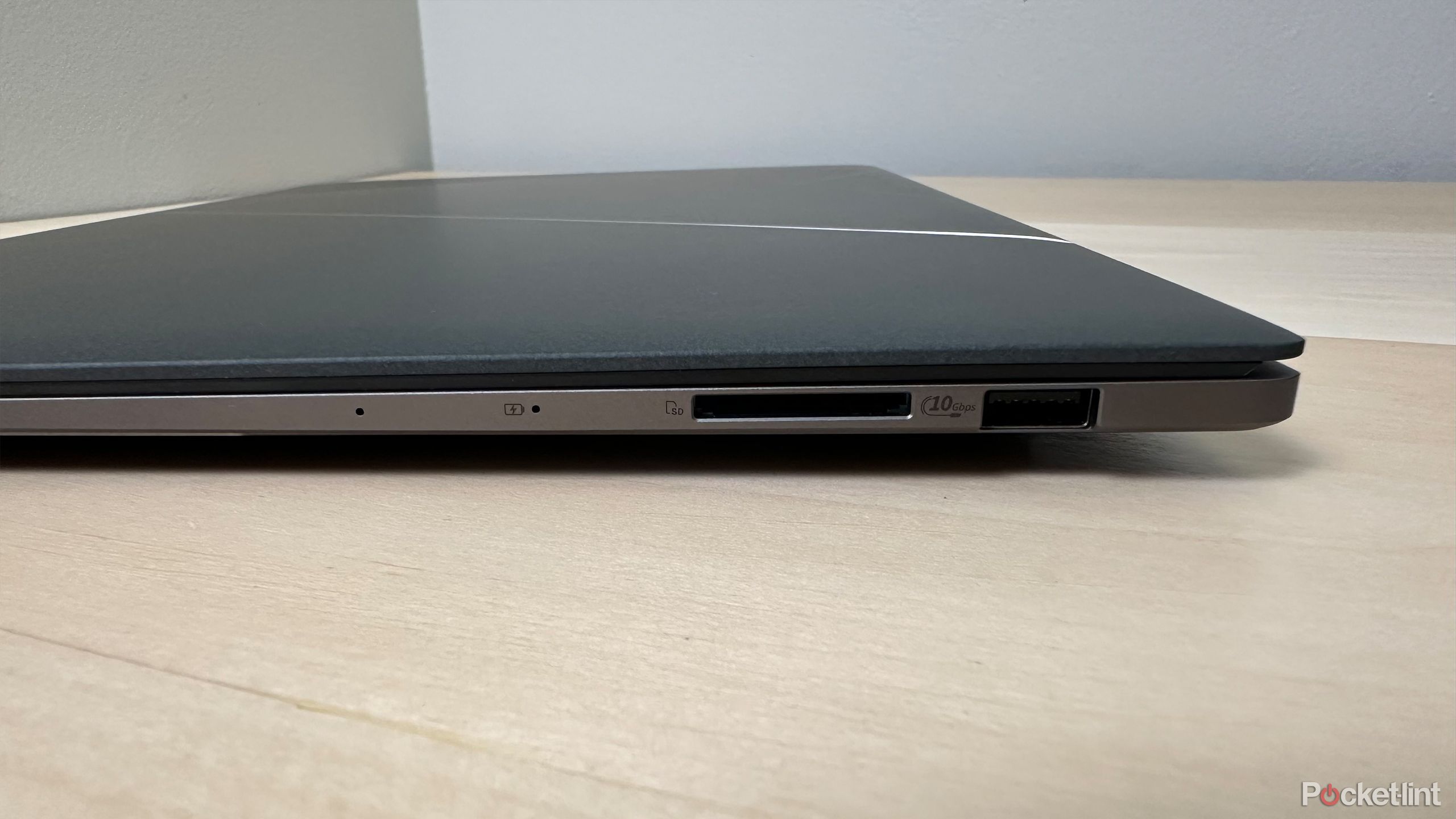Abstract
- Conventional USB-A-style ports are available considered one of three important varieties: uncolored, darkish blue, and teal.
- This color-coding system serves the aim of designating bandwidth speeds.
- Sadly, coloration alone usually is not sufficient to find out the underlying USB specification you are working with.
For essentially the most half, the existence of
Common Serial Bus
(USB) has been a web optimistic for the patron tech business. The common customary has changed the necessity for dozens of proprietary and single-purpose plugs, which in flip has streamlined the world of computing, gaming, and cell system charging.
Over time, the USB Implementers Discussion board (USB-IF) has outlined and minted quite a few USB specs, each when it comes to bodily plug designs and when it comes to underlying technological protocols.
Sadly, the USB-IF is notoriously unhealthy on the subject of naming conventions — the present lineup of USB protocols is a slightly complicated mess from a user-facing standpoint.
USB-C
was set to rectify many of those extra complicated components, however, as an alternative, it is arguably muddied the waters much more so than earlier than.
Associated
Your sensible TV’s USB port is surprisingly helpful
The versatile port is usually neglected, however listed here are 4 methods it may well change how you employ your sensible TV.
Why are some USB ports coloured whereas others aren’t?
In brief, the colours signify totally different complete bandwidth capabilities
Traditionally talking, the most well-liked and ubiquitous number of USB is the USB-A plug. First launched in 1996, the bodily plug is symmetrically rectangular, however not reversable.
USB-A was as soon as a staple of nearly each
desktop
,
laptop computer
, and
gaming console
on the market, and for good purpose — the plug is dependable, genuinely common, and versatile from a utility standpoint. Whereas much less generally used at the moment, it may well nonetheless be discovered throughout a wide selection of recent shopper units.
Nonetheless, lesser identified is the truth that USB-A ports adhere to a particular color-coating system. Some ports stay black or uncolored, some are darkish blue, and others are teal. These three colours designate particular USB tech requirements: USB 2.0 Hello-Pace, USB 3.0 SuperSpeed, and USB 3.1 SuperSpeed+, respectively.
…lesser identified is the truth that USB-A ports adhere to a particular color-coating system.
Retroactively, the USB-IF has rebranded these USB specs on quite a lot of events. Essentially the most up-to-date naming conference, together with corresponding coloration tones, follows as such:
- USB 2.0 (Hello-Pace) — black / colorless
- USB 5Gbps — darkish blue
- USB 10Gbps — gentle blue
- USB 20Gbps — n / a
USB 20Gps, in any other case often called
USB4
, does not function its personal devoted coloration. The rationale for that is that USB4 is solely obtainable through bodily USB-C-shaped ports, which jettison the coloring conventions completely.
Sure, you heard that proper: newer units that function mightily small-yet-reversable USB-C ports lack any form of visible demarcations to point underlying velocity, wattage, or different important specs. That’s, until a particular system or cable producer goes out of their means to take action of their very own volition.
Fortunately, different units like sport consoles and lots of Home windows 11 PCs proceed to stick to color-coating.
So as to add gasoline to this already complicated scenario, some {hardware} producers which have historically shipped units with USB-A ports — together with
Apple
— have determined in opposition to color-coating for aesthetic causes. Fortunately, different units like sport consoles and lots of
Home windows 11
PCs proceed to stick to color-coating.

Associated
Apple’s transition to USB-C is almost full, however ports have been by no means the issue
Mac equipment now use USB-C ports, even when a few of Apple’s different questionable design selections stay.
Which USB coloration matches my USB use-case?
Here is the lowdown on the capability of USB ports
USB Implementers Discussion board / Pocket-lint
Usually talking, black USB-A (2.0) ports are good for trickle-charging peripherals like sport controllers and for plugging in
mice
,
keyboards
, and extra. Darkish blue USB-A (3.0) ports, in the meantime, provide a extra highly effective 5Gps bandwidth for speedier information switch charges. For shortly shifting digital information from one system to the following, a blue port is the best way to go.
Gentle blue ports, which signify 10GBps velocity charges, are comparatively much less frequent. Most USB ports of this velocity make the most of the newer USB-C bodily port customary, however some older USB-A (3.1) ports are nonetheless kicking round.
For essentially the most half, a darkish blue USB-A port is the best middle-ground for most individuals.
The added bandwidth fee makes transferring of huge portions of digital information a lot quicker general, although not a number of peripherals on the market can at the moment make use of those quicker speeds.
For essentially the most half, a darkish blue USB-A port is the best middle-ground for most individuals. 5Gps switch speeds are enough for common every-day file transferring, and it is also sufficient bandwidth to attach an
exterior onerous drive or SSD
to a contemporary sport console.

Associated
This USB-C system makes altering the quantity in your laptop computer easy
SoundSlide is a USB-C system that makes it so you’ll be able to modify the quantity of your laptop computer with the swipe of your finger.




